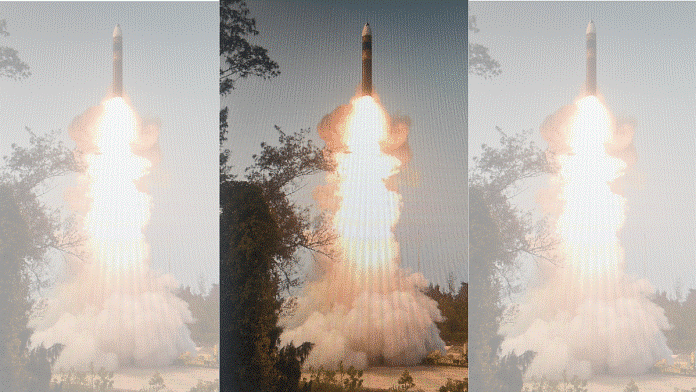Free Courses Sale ends Soon, Get It Now


Free Courses Sale ends Soon, Get It Now



Disclaimer: Copyright infringement not intended.
Context
The successful launch of Mission Divyastra, announced by Prime Minister Narendra Modi, is a significant step towards India’s strategic punitive capability.
Details
Agni-5 missile
Agni-5 last tested
What is MIRV
|
PRACTICE QUESTION Consider the following statements:
Which of the statements given above is/are correct?
Answer D |
© 2024 iasgyan. All right reserved